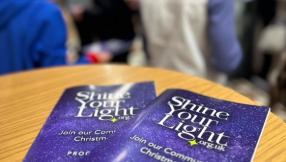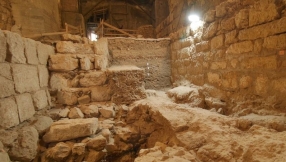
Soon, we will be able to observe the universe using bigger and wider eyes.
Just last week, the National Aeronautics and Space Administration (NASA) announced that it is formally starting an astrophysics mission to complete a new, more powerful telescope called the Wide Field Infrared Survey Telescope (WFIRST).
This new telescope, exploratory studies of which have been conducted for several years now, is envisioned to have a view 100 times bigger than that of the space agency's Hubble Space Telescope.
It will take team effort to complete WFIRST. The NASA's Goddard Space Flight Center in Greenbelt, Maryland will take the drivers' seat in this mission.
NASA's Jet Propulsion Laboratory in Pasadena, California, will meanwhile manage the mission's 7.8-foot (2.4-meter) telescope.
The mission will also deliver an equipment known as the "coronagraph," which has the ability to directly image planets around other stars.
The Infrared Processing and Analysis Center (IPAC) at the California Institute of Technology in Pasadena will hook up with the Space Telescope Science Institute in Baltimore to be able to share the science centre's activities.
The WFIRST was given a go-ahead after Congress decided last year to allocate $90 million for this mission.
John Grunsfeld, head of NASA's Science Mission Directorate in Washington, DC, explained that the development of WFIRST can pave the way for more space discoveries.
Grunsfeld explained that the telescope can help unravel the secrets of dark energy and dark matter, and explore the evolution of the cosmos.
"WFIRST has the potential to open our eyes to the wonders of the universe, much the same way Hubble has," Grunsfeld said in a statement posted on the NASA JPL website.
"This mission uniquely combines the ability to discover and characterise planets beyond our own solar system with the sensitivity and optics to look wide and deep into the universe in a quest to unravel the mysteries of dark energy and dark matter," he added.
Paul Hertz, director of NASA's Astrophysics Division in Washington said the WFIRST is "designed to address science areas identified as top priorities by the astronomical community.
"The Wide-Field Instrument will give the telescope the ability to capture a single image with the depth and quality of Hubble, but covering 100 times the area. The coronagraph will provide revolutionary science, capturing the faint, but direct images of distant gaseous worlds and super-Earths," he explained in the same statement.















